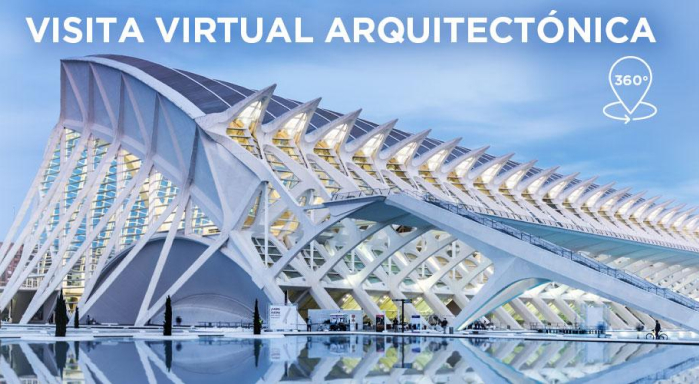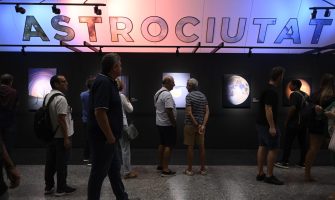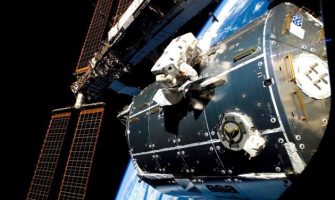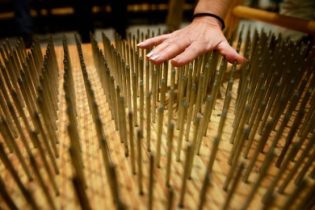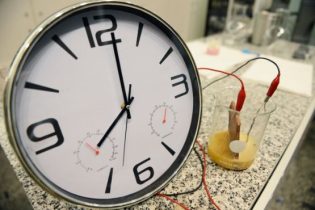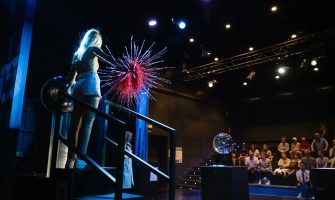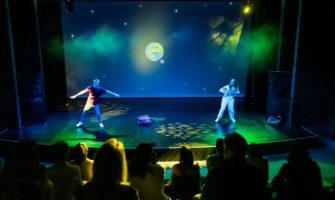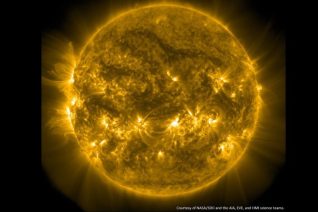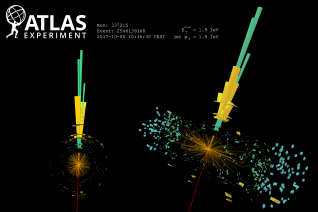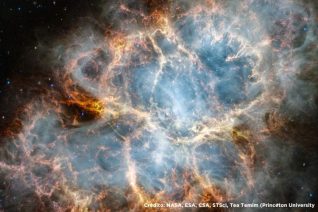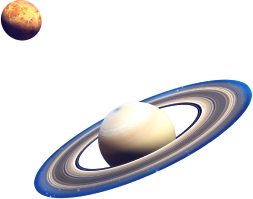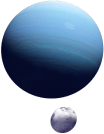- Inicio
- ->
- Museu de les Ciències
Discover
The Museu de les Ciències has become a reference point for interactive science. Its main objective is stimulating curiosity and critical thinking and at the same time surprising and amusing the public by its contents from the world of science, technology, and the environment.
- 20,000 square metres of glass with over 4,000 panes.
- 42,000 square metres of built-on surface area, of which 26,000 square metres are exhibition space; the total surface area is the largest in Spain.
- It is surrounded by a surface area of 13,500 square metres of sheets of water.
- It is 220 metres long 80 metres wide and 55 metres high.
- 58,000 m³ of concrete and 14.000 tons of steel used in its construction.
The diversity of interactive exhibitions and the numerous activities of dissemination that have been carried out at the Museu have helped to make it a great success with members of the public, who have responded enthusiastically to its bid to disseminate science and technology from an amusing and entertaining viewpoint without forgetting the scientific precision necessary when approaching the subjects treated.
The Museu de les Ciències has a building area of over 42,000 square metres, of which 26,000 square metres are for exhibitions.
The exterior of this museum captivates the visitor in its own right. The building is magnificent in its proportions and organic shapes and houses a multitude of activities and initiatives related to the evolution of life and scientific and technological dissemination.
The Museu de les Ciències, the work of the Valencian architect Santiago Calatrava, is unique in the world for the geometry of the building, its structure, the materials employed and the constant presence of nature within it.
In the Museu building, architecture, engineering and art have a close relationship, both with the world of science and technology and with several basic principles: simplicity of approach and elegance of architectural forms. Hence, in the Museu building, the contents and the container achieve an overall coherence.
The Museu de les Ciències has many guided tour options.
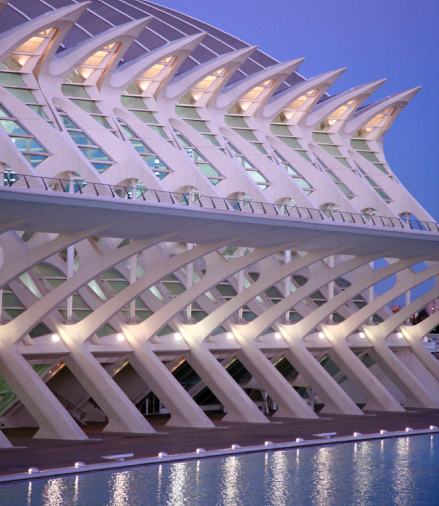
The Museum has its own personality, in the style of modern architecture that makes museum containers part of the collection itself or their content. Its enormous size allows it to host various types of activities at the same time, unlike small museums, which must limit their function to a particular field of science or nature.


Exhibitions
Building:
Ground floor.- Discover the beauty of the cosmos in the exhibition ASTROCIUTAT. The universe in images, where art and science come together through the...
Building:
First floor.- Get ready for an out-of-this-world experience! in the exhibition Up to Space. Space Mission...
Building:
First floor.- El Teatro de la Ciencia es un espacio multidisciplinar donde se ponen en escena demostraciones, shows y representaciones científicas en directo. Un espacio...
Catalogue of exhibitions made on the occasion of the twentieth anniversary of the Museu de les Ciències.
Workshops
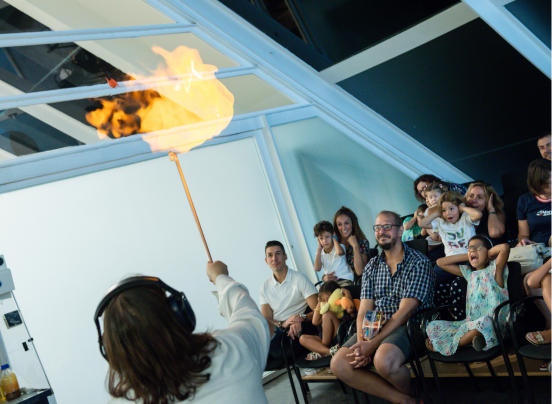
The Science on Stage
“Experimental classrooms” also offer animations.
These classrooms are dedicated spaces for conducting more systematic workshops and demonstrations. In “Science on Stage,” for example, the audience can enjoy spectacular, participatory, and fun experimental demonstrations to learn basic scientific principles.
Building:
Ground floor.- In "Scientist for a day" from Science on stage, the little ones experiment with matter and its properties. For children from 4...
Building:
Ground floor.- The workshop "invisible science" of Science on stage invites you to take part in different experiences related to pressure...
Building:
Ground floor.- The "Chemistry in action" workshop of Science on stage collects the most surprising experiences to show you the magic of chemistry...
Did you know that...?
AT THE MUSEUM, VISITORS CAN EXPLORE A ‘CHROMOSOME FOREST’?
It is a large-scale representation of the 23 pairs of chromosomes in the human genome, featuring numerous interactive modules related to specific genes in each chromosome and their functions.
Activities
School competitions, summer schools, concerts, courses for teachers…
Recinto:
Recinto:
Conferences
During these years, the Museu de les Ciències has become a prominent forum for hosting a wide variety of scientific conferences.
It has even become an international reference center by hosting important events such as the 5th Euro-Mediterranean Summit, the International Astrophysics Congress “100 Years of Supernova,” the Meeting on Desertification in the Mediterranean Region, the 57th International Astronautical Congress, and the 27th Plenary Meeting of the Intergovernmental Panel on Climate Change of the United Nations, among others.
Additionally, it maintains a close collaboration, with frequent personal and material exchanges, with the world’s leading scientific museums.
Building:
Building:
Building:


